











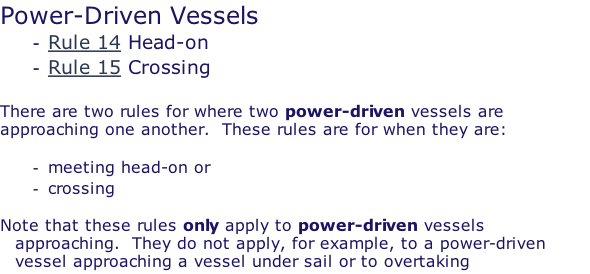
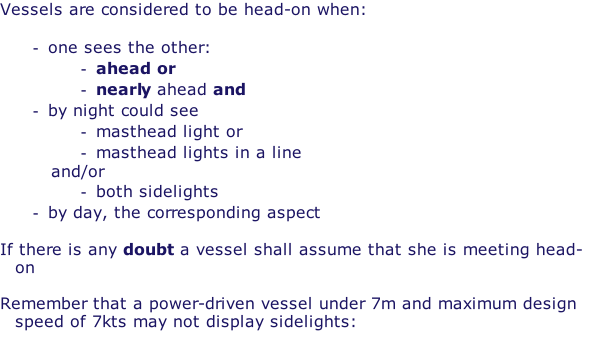


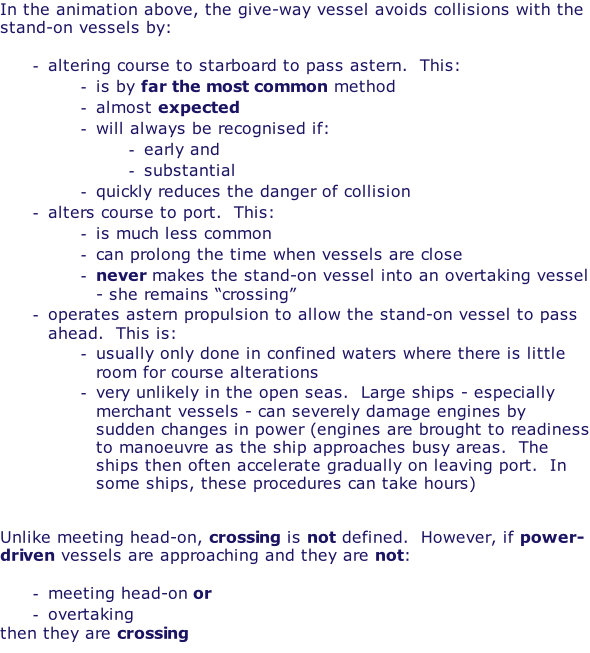


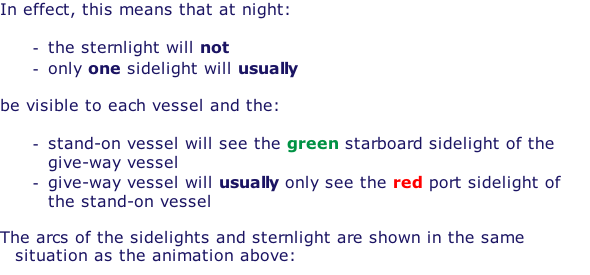

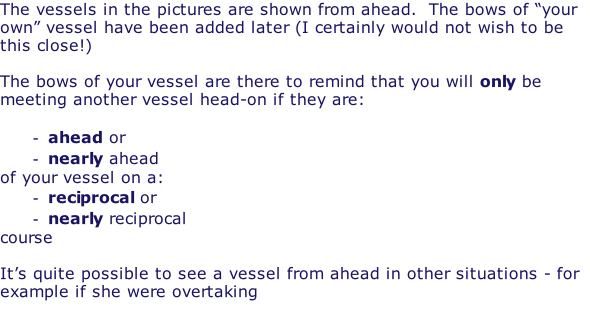

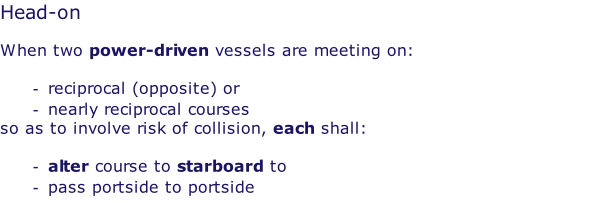
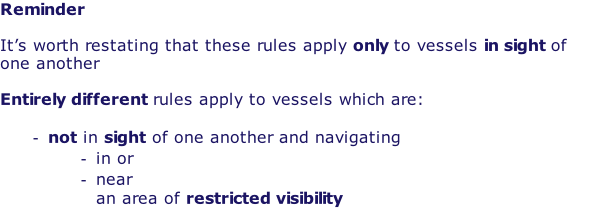
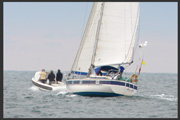
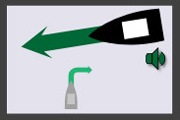

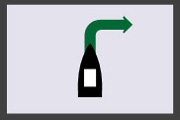


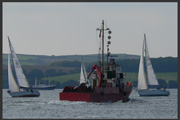
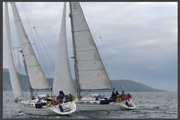


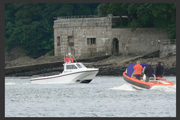

| Manoeuvre |
| Visibility |
| Look-out |
| Safe Speed |
| Risk of Collision |
| Avoiding Collision |
| Narrow Channels |
| Traffic Separation |
| Give-Way Vessel |
| Stand-On Vessel |
| Overtaking |
| Responsibilities Between Vessels |
| Sailing Vessels |
| Power-Driven |
| General |
| Radar |
| Forward of Beam |





































| Manoeuvre |
| Visibility |
| Look-out |
| Safe Speed |
| Risk of Collision |
| Avoiding Collision |
| Narrow Channels |
| Traffic Separation |
| Give-Way Vessel |
| Stand-On Vessel |
| Overtaking |
| Responsibilities Between Vessels |
| Sailing Vessels |
| Power-Driven |
| General |
| Radar |
| Forward of Beam |